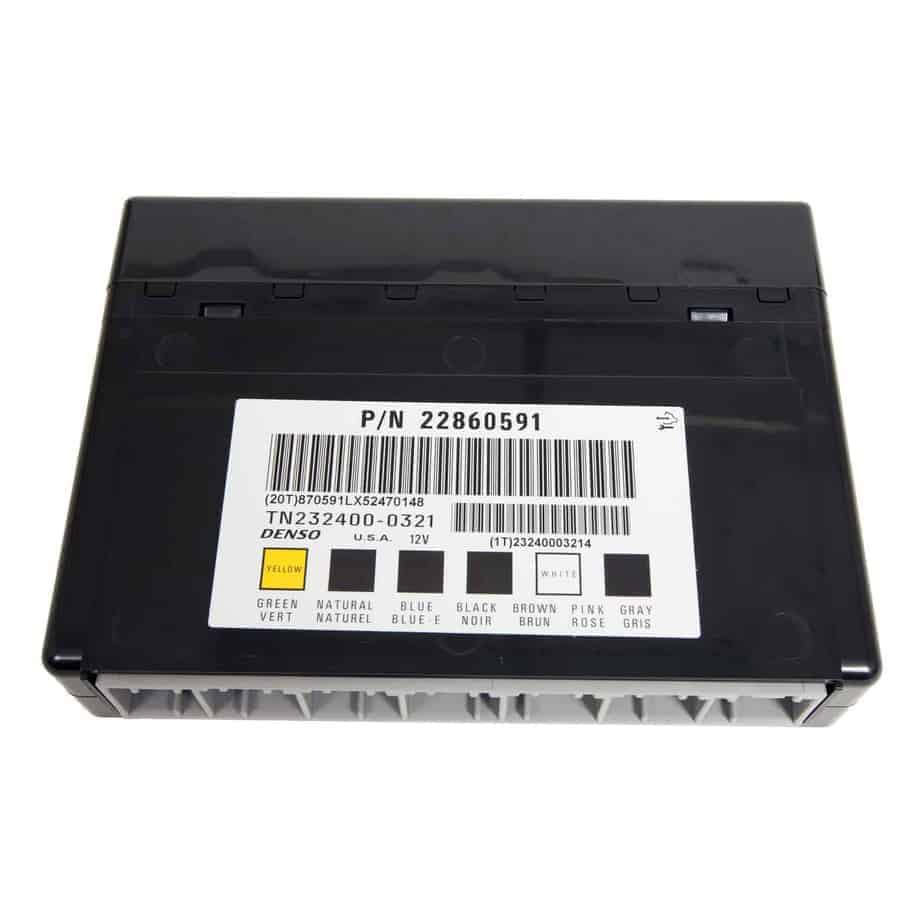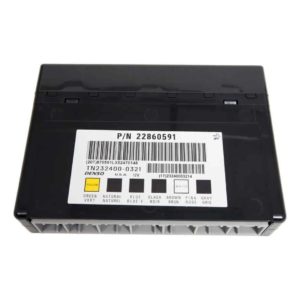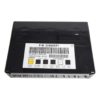Restore Command of Your Suburban’s Electronics
Are you battling frustrating electrical gremlins in your 2010 Chevy Suburban 1500? Flickering dash lights, power windows with a mind of their own, or a security system that randomly goes off are classic signs of a failing Body Control Module (BCM). As the central hub for your truck’s body electronics, a faulty BCM can make driving an unpredictable and annoying experience. This isn’t just an inconvenience; it can be a safety concern when essential systems like lighting behave erratically. Stop chasing symptoms and address the root cause with our reliable, VIN-programmed 2010 Suburban 1500 BCM.
We take the guesswork and high cost out of the repair. Forget about towing your truck to the dealership and paying hundreds for programming. Simply provide us with your vehicle’s VIN after your purchase, and our technicians will flash this module with the latest GM software specific to your Suburban. It arrives at your door ready for installation, saving you significant time and money.
A Technician’s Notebook: The Haunted Suburban
A customer brought in their 2010 Suburban 1500 last month with a list of bizarre issues. The radio would shut off, the door locks would cycle while driving, and the interior dome lights wouldn’t turn off, draining the battery overnight. They had already replaced the battery and checked fuses with no luck. My initial scan showed a dozen communication codes pointing to the BCM. In my 20+ years of experience, these GM SUVs often suffer from BCM failure due to voltage spikes or internal circuit board corrosion. After confirming power and grounds to the module were good, we installed one of our VIN-programmed units. The new 2010 Suburban 1500 BCM immediately resolved all the ghost-like electrical problems. It’s a textbook case I’ve seen hundreds of times, and a pre-programmed module is the most efficient fix.
Is Your Suburban Showing These Symptoms?
- ✔ Erratic or non-functional power windows, door locks, or mirrors.
- ✔ Interior or exterior lights that flicker, stay on, or don’t work at all.
- ✔ The security system or alarm activates for no reason.
- ✔ Key fob not working or responding intermittently.
- ✔ Warning lights on the dashboard that have no apparent cause.
- ✔ A/C and climate control functions behaving incorrectly.
- ✔ Intermittent no-start conditions where the engine cranks but won’t fire up.
Your Straightforward BCM Installation Guide
- Safety First: Disconnect the negative terminal from your vehicle’s battery to prevent any electrical shorts.
- Locate the BCM: On the 2010 Suburban 1500, the BCM is typically located under the driver’s side of the dashboard, near the steering column. You may need to remove a lower dash panel for access.
- Disconnect the Old Module: Carefully unplug all the electrical connectors from the old BCM. They have locking tabs that need to be pressed to release.
- Remove the Old BCM: Unbolt the module from its mounting bracket. Keep the hardware as you will need it for the new unit.
- Install the New BCM: Mount your new, pre-programmed BCM in place and secure it with the original hardware.
- Reconnect Everything: Plug all the electrical connectors firmly into the new module. You should hear a ‘click’ as they lock into place. Reinstall any dash panels you removed.
- Final Steps: Reconnect the negative battery terminal. Follow the post-installation procedures below.
Critical Post-Installation Relearning Procedures
After installing your new 2010 Suburban 1500 BCM, a couple of final steps are necessary to ensure all vehicle systems communicate correctly and function safely. These procedures require a professional-grade scan tool.
- Airbag System Reset: To clear the airbag warning light, the ‘Setup SDM Primary Key in BCM’ procedure must be performed. This re-establishes the security handshake between the new BCM and the airbag system’s Sensing and Diagnostic Module (SDM).
- Brake Pedal Position Sensor Relearn: Many vehicles require a recalibration of the brake pedal position sensor. This ensures the brake lights, traction control, and cruise control systems receive accurate input from the brake pedal.
Note: While these are the most common procedures, specific requirements can vary. If you are not equipped to perform these steps, we strongly recommend seeking assistance from a qualified professional mechanic.
Will This Fit My Vehicle?
This Body Control Module is a direct replacement for a wide range of GM vehicles and part numbers. Please verify that your vehicle is on the list below and that your original part number is listed here. This part replaces: 10382479, 15093910, 15276271, 15299986, 15819552, 15828601, 15837419, 15872388, 15872421, 15880684, 15921352, 15921353, 15948438, 15948439, 20815898, 20839063, 20864767, 20864768, 20921435, 20921436, 20935349, 22860591, 25826124, 25826125, 25847588, 25847589, 25892622, 25910474, 25934762, 25934763, 95151084.
Frequently Asked Questions
Do I need to get this BCM programmed by a dealer?
No. We program the module to your vehicle’s VIN before shipping it to you. It arrives ready for installation, saving you the time, hassle, and expense of a dealership visit.
Where is the BCM located on my 2010 Suburban 1500?
The Body Control Module is located under the driver’s side dashboard, attached to or near the steering column assembly.
What information do you need from me?
After you complete your purchase, we will need the 17-digit Vehicle Identification Number (VIN) from your truck to ensure the programming is a perfect match for your vehicle’s specific options.
Will this fix my check engine light?
A BCM typically controls body functions, not engine performance. While it can cause a no-start issue, it’s not usually the cause of a check engine light. If your primary issue is a check engine light, you may need to diagnose your Engine Control Module (ECM) or other engine-related sensors.
What tools are needed for the post-installation procedures?
The airbag key setup and brake pedal relearn procedures require a bi-directional professional scan tool, such as a GM Tech 2 or equivalent high-end diagnostic device. Many local repair shops can perform these services for you if you do not have the tool.


